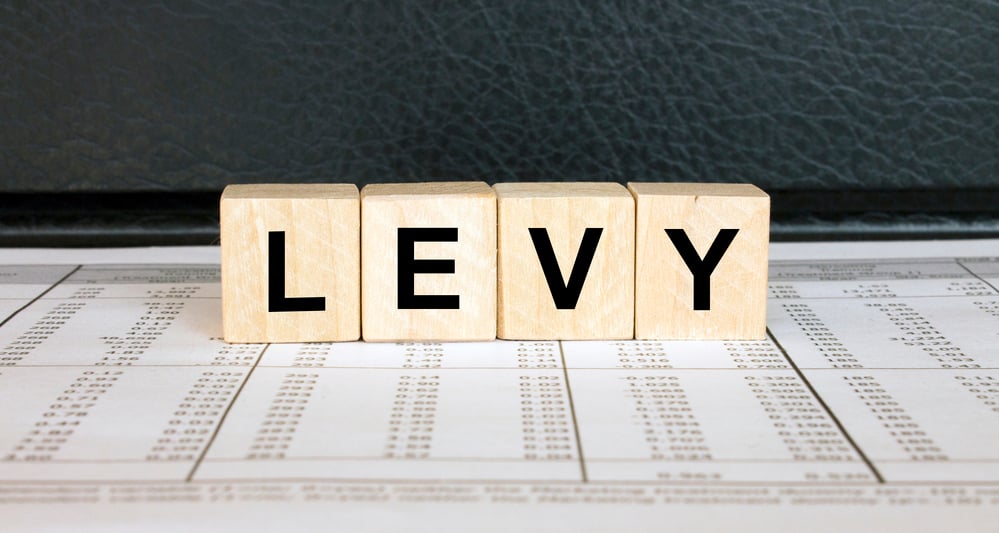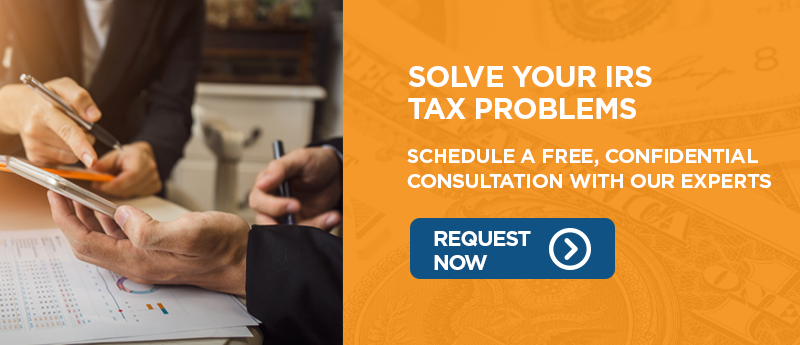
Have you ever tried to get money out of your bank account only to find your account was frozen? You may have been under a bank levy. Bank levies are a tool for collecting on a debt. It sounds counterintuitive that a frozen account would help you pay the debt, but the account is only inaccessible to you.
If the levy is not discharged, the money to pay the debt comes out of your frozen account to pay it down.
If this scenario sounds familiar, you need to learn a bit more about bank levies and how they work. It’s best to just avoid them, but they aren’t all-powerful either. You just need to know the rules.
What Exactly Is a Bank Levy?
A bank levy is a legal action that allows creditors to take funds directly from your bank account without passing GO! or getting your permission. Essentially, your bank account is held ransom for payment on a debt.
However, the money doesn’t disappear overnight. The bank is obliged to freeze the account while ensuring the creditor has the right to garnish it. You have time to fix things if possible.
To get a bank levy, the creditor goes to court and files a legal document stating why it wants to levy your account. Once it obtains a judgment against you, it sends the legal stuff to your bank. You have the opportunity of a few days to respond before the bank freezes your money
Creditors usually use a levy as a last resort after other methods of collection have failed.
Here's an important note: The IRS and the US Department of Education are not required to obtain a judgment to place a bank levy. They can just do it. However, the IRS won't put a levy without notifying you.
How a Bank Levy Works
The creditor must prove it attempted to collect the outstanding debt before getting a court judgment. You will receive a phone call or mail. Sometimes, creditors turn the account over to a collection agency instead of seeking a levy.
Once the creditor receives the judgment, they turn a legal document called a Writ of Execution over to your bank.
What About the IRS?
If the IRS has placed the levy, you will receive a Notice and Demand of Payment requesting payment of your tax debt in full. That means you need to pay your back taxes, penalties, and interest, so the agency will leave your bank account alone.
The IRS gives you time to contact them to work things out. You have 30 days. If you don’t respond, the IRS eventually sends a Final Notice of Intent to Levy and Notice of Your Rights to a Hearing.
Now you have 21 days to resolve the issue by paying in full, entering into a payment agreement, claiming hardship, or requesting an Offer in Compromise. Once you do so, you can request a Collection Due Process hearing to dispute the amount you owe, if…
- You believe you paid your taxes in full already
- You were taxed while you were in bankruptcy
- There was an error during your tax assessment
- The IRS tried to collect after the statute of limitations ran out
Here’s another important note: The IRS notice of Levy does not affect funds added to the account after the date of the levy.
Who Is Levying Your Account?
Your bank should be able to give you the contact information for the creditor levying your account. The Summons of Writ of Execution (bank levy paperwork) contains all the debtor information, the bank account information, and the amount owed.
Except for the IRS, you probably won’t get an advanced warning.
Then What Happens?
Once the bank receives the Writ of Execution, it will freeze your account and review the situation. Again, the bank may not notify you that a levy is in process, and neither will the creditor. On the other hand, since the creditor has been trying to collect for a while, you should probably be aware that you have an unpaid debt and that the creditor could do something to collect.
The bank usually has 21 days after receiving the levy before they can surrender your money. It reviews the legal proof, then the funds frozen in the account are sent to the creditor. Unless you disrupt the process.
You should have the opportunity to dispute the levy, preventing it or reducing the amount the creditor can take from the account. If you don’t do anything, though, your entire account could be taken. Next thing you know, you’ll be bouncing checks and paying fees to other creditors for late payments or because you bounced a check.
To add to the hurt, the bank often charges you a fee to process the levy. If it’s the IRS and you can prove the levy was placed in error, you can probably get the fee back. However, you cannot have contributed to, continued, or compounded the error.
When Will It Be Over?
Bank levies continue until the debt is satisfied. If the amount in your account isn’t enough, the creditor can wait until you get more money in your account and request another levy. And creditors can do this ad infinitum until the debt is completely paid.
How to Stop or Limit a Bank Levy
Speak to a local attorney as soon as possible to determine your options. The laws differ from location to location, so you are better off with an attorney familiar with the law in your state.
Also, it works in your favor to show up in court when the creditor attempts to get a judgment. Bring all your evidence with you to dispute the debt. And remember, even if a judgment results, you can still negotiate. There are several approaches:
- Prove creditor error. If you don’t owe them any money, fight the levy and prevent the creditor from moving forward.
- Prove identity theft. Show someone other than you created the debt or received funds.
- Prove that the statute of limitations has passed. The creditor may no longer have the authority to collect on an old debt.
- Prove lack of notification. Show the creditor never notified you of any legal actions.
- Bankruptcy can stop the process temporarily.
- Negotiate a payment agreement. Any agreement reached with a creditor can stop the levy process.
Another way to handle things is to stop using that account once the levy is in place until you reach a resolution. It won't stop the levy, but it will stop the creditor from getting more than what is already in the account.
Also, your bank must determine whether any of the funds in your account are protected from levy, including federal payments like Social Security, child support, veteran’s benefits, student loan disbursements, and FEMA aid. Creditors can’t have those funds.
Final Note
Every situation is unique and requires a different approach. Appealing a levy gets complicated quickly, and you may need help arguing your case.
Creditors will do anything they can to argue the funds in your account are not exempt. Make sure you have documentation that says otherwise.




